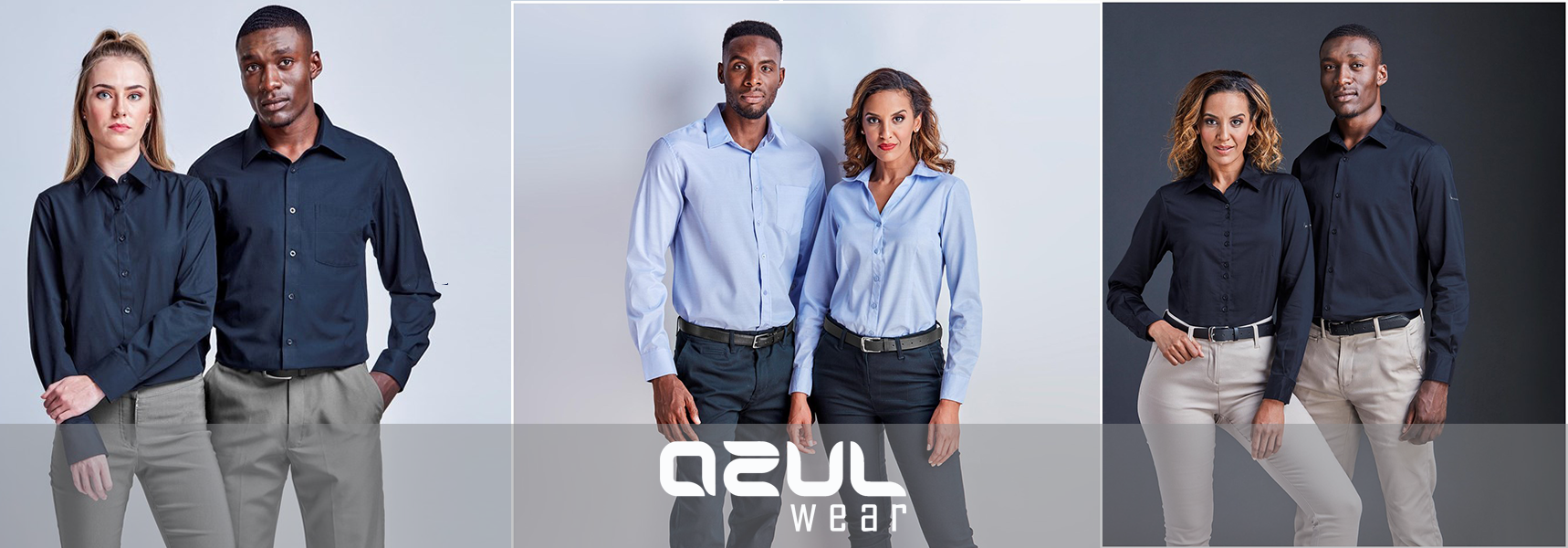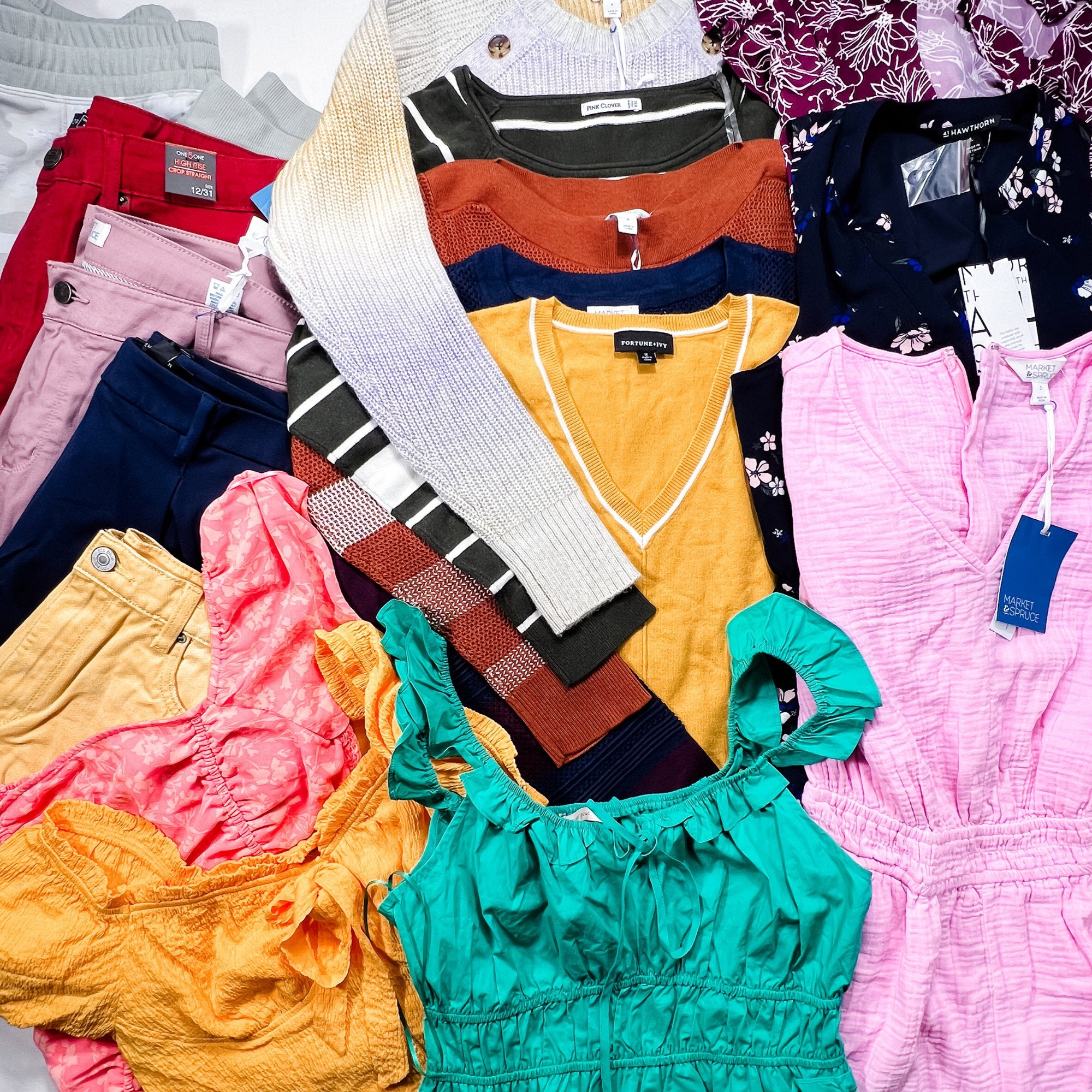Common Fabric Types Used in Branded Clothing and What They Mean
Common Fabric Types Used in Branded Clothing and What They Mean
Blog Article
Recognizing Apparel: The Value of Fabric Selections in Your Wardrobe
The selection of material in clothing plays a crucial duty in both visual appeals and functionality. Different materials offer varying degrees of breathability, comfort, and toughness, directly affecting the user's experience. Comprehending these subtleties can improve one's wardrobe considerably. Yet, lots of forget how these selections can affect not simply individual design, but likewise sustainability. What fabric decisions could redefine your wardrobe and align it with both style and responsibility?
The Role of Material in vogue and Performance

Common Textile Types and Their Qualities
When picking apparel, comprehending the features of typical fabric kinds is essential for making educated choices. Cotton, a widely-used natural fiber, is known for its flexibility, gentleness, and breathability, making it appropriate for sportswear and daily garments. Bed linen, another all-natural alternative, flaunts outstanding moisture-wicking residential or commercial properties and a distinct texture, perfect for cozy climates.Wool, commonly favored for its heat and resilience, varies in fineness; merino wool is soft versus the skin, while coarser types are made use of for outerwear. Artificial materials like polyester and nylon use longevity and resistance to creases, making them popular for activewear and traveling garments. Blends, which integrate artificial and natural fibers, can boost functionality while keeping convenience. By recognizing these fabric attributes, people can select garments that lines up with their way of living and aesthetic preferences.
Breathability and Comfort: Selecting the Right Fabrics for Different Climates
Selecting the ideal textiles for different environments can significantly boost convenience and general wearability. Breathable materials are necessary in hot climates, as they permit air blood circulation and wetness evaporation. Fabrics such as cotton, bed linen, and moisture-wicking synthetics efficiently attract sweat away from the body, maintaining the user cool and completely dry. On the other hand, in cooler climates, thicker textiles like woollen or fleece give insulation while maintaining breathability, ensuring heat without overheating.Additionally, the option of material weight plays a vital duty; light-weight fabrics are more suitable for summer season, whereas much heavier options are fit for wintertime wear. Recognizing the unique residential properties of each textile makes it possible for people to dress suitably for differing weather conditions. Eventually, choosing breathable and comfy materials tailored to certain climates can substantially enhance day-to-day convenience and boost the total experience of using clothes.
Durability and Care: Exactly How Material Impacts Longevity of Your Wardrobe
Choosing the best products can greatly affect the durability and care needs of a wardrobe. Fabrics such as cotton and polyester are recognized for their strength and simplicity of upkeep, making them optimal for everyday wear. On the other hand, fragile materials like silk and shoelace call for more careful handling and specialized cleaning techniques, which can raise the time and initiative needed for care. Branded Clothing.Durability is additionally affected by the textile's weave and surface; snugly woven fabrics have a tendency to resist damage better get more than loosely woven alternatives. Additionally, artificial blends usually offer boosted resilience, combining the finest high qualities of numerous fibers.Understanding the care instructions for every textile is important, as incorrect drying or cleaning can cause premature wear. Eventually, choosing long lasting materials can cause a longer-lasting closet, minimizing the regularity of substitutes and adding to a much more sustainable fashion choice
The Impact of Fabric on Fit and Silhouette

Sustainable Textile Options: Making Eco-Friendly Decisions
The impact of fabric prolongs past fit and shape to encompass ecological elements, motivating a growing passion in sustainable textile selections. Environment-friendly fabrics, such as organic cotton, hemp, and Tencel, are getting traction among customers who prioritize sustainability in their closets. These materials are frequently created with less chemicals and water, reducing their eco-friendly footprint.Additionally, recycled fabrics, made from post-consumer waste, use an ingenious solution to the textile market's contamination trouble. Brands significantly embrace transparency in their sourcing techniques, permitting customers to make educated decisions regarding their purchases.Choosing sustainable textiles not just sustains ethical techniques but additionally encourages the garment industry to embrace more liable manufacturing approaches. As recognition of ecological problems rises, individuals are advised to review the long-term influence of their textile selections, fostering a movement in the direction of an extra environmentally aware and lasting method to style.
Raising Style: Just How Fabric Can Change a Clothing
While several might concentrate on color and cut when selecting an outfit, the selection of textile plays an important role in raising style wikipedia reference and improving overall look. Various products share distinct moods and messages; for instance, silk shows high-end and sophistication, while denim supplies a casual, relaxed vibe. The appearance and drape of a material can significantly modify the shape, with organized fabrics providing a sleek look and softer ones developing a more fluid, relaxed aesthetic.Moreover, the weight of the textile influences wearability throughout periods. Light-weight textiles like bed linen and cotton are excellent for summer, while much heavier materials such as woollen and velvet offer warmth and style look at more info in cooler months. Recognizing material properties, such as breathability and stretch, likewise encourages individuals to make educated selections that improve comfort without endangering style. Ultimately, the right fabric can transform an attire from average to remarkable, making it an important factor to consider in any wardrobe.
Frequently Asked Questions
How Do I Determine the Fabric Content of My Clothes?
To recognize material material, one can examine care tags, conduct shed tests for fiber identification, or speak with textile examples. These approaches aid set apart products, making sure educated choices for clothing treatment and maintenance in day-to-day wear.
Can Material Option Affect My Mood or Self-confidence?
Material option can considerably influence a person's mood and self-confidence. Branded Clothing. Certain materials may stimulate feelings of convenience or elegance, while others can feel unflattering or limiting, eventually affecting self-perception and emotional well-being throughout the day
What Fabrics Are Best for Sensitive Skin?
For people with sensitive skin, all-natural materials like bamboo, cotton, and bed linen are usually recommended. These materials are breathable, hypoallergenic, and less most likely to trigger irritability, making them suitable options for convenience and skin wellness.
Just how Do I Properly Wash and Look After Different Fabrics?
To correctly care and wash for different materials, one need to consider each product's particular demands, consisting of temperature setups, cleaning agents, and drying out techniques, ensuring longevity and keeping the material's original top qualities for optimal usage.
Are There Certain Fabrics for Athletic or Efficiency Use?
Sports or performance wear frequently utilizes fabrics such as polyester, nylon, and spandex. These products are made for moisture-wicking, breathability, and adaptability, improving activity and comfort throughout exercises while providing sturdiness and assistance. On the other hand, in chillier environments, thicker fabrics like woollen or fleece give insulation while maintaining breathability, ensuring heat without overheating.Additionally, the selection of fabric weight plays an important duty; light-weight materials are better for summer, whereas much heavier alternatives are suited for winter season wear. In comparison, delicate materials like silk and shoelace call for even more careful handling and specialized cleaning techniques, which can raise the time and effort required for care.Durability is additionally affected by the material's weave and surface; firmly woven materials tend to withstand wear and tear far better than freely woven choices. In comparison, rigid materials can restrict motion yet provide a classic, polished look.Moreover, the thickness and structure of the fabric can affect the aesthetic perception of body form. The influence of textile extends beyond fit and shape to encompass ecological aspects, motivating an expanding rate of interest in lasting material selections. The appearance and drape of a material can considerably change the silhouette, with structured materials providing a refined appearance and softer ones producing a much more fluid, unwinded aesthetic.Moreover, the weight of the material affects wearability throughout periods.
Report this page